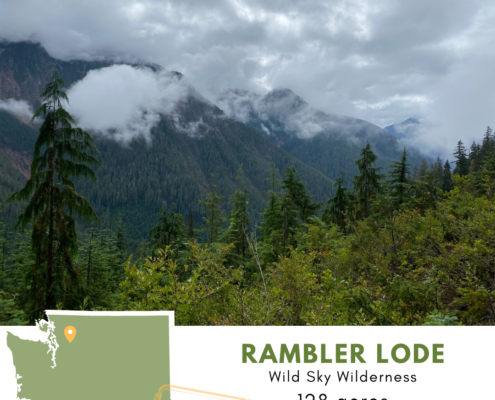In Washington the Trust has protected more than
Washington’s designated wilderness areas are incredibly diverse, ranging from hundreds of small islands off the western coast, to towering, glaciated mountains, to dry, wind-swept sand dunes in the south-central part of the state.
A number of Washington’s designated wilderness areas reside within the fabled North Cascades Ecosystem, one of America’s largest expanses of wild public lands.
Wilderness allows visitors the opportunity to unmask, breathe deep and find refuge from the modern world. These unique landscapes leave a person reveling in their raw beauty and the assurance that they will remain wild and free, now and for future generations.
And yet, there are dangers within these wilderness areas that threaten their resiliency. Some 3,600 acres of privately owned lands grandfathered into Washington’s wilderness areas have left them vulnerable to mineral extraction, logging and private development.
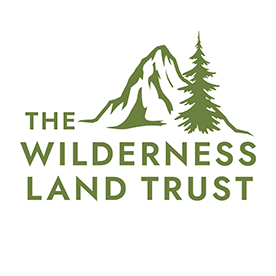


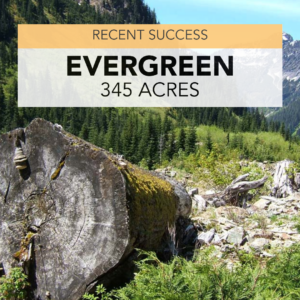
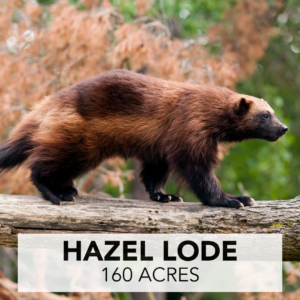
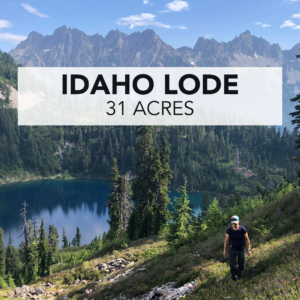
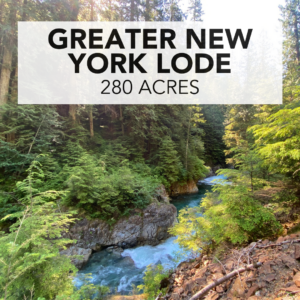
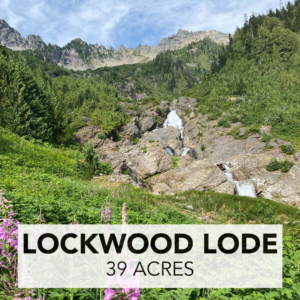


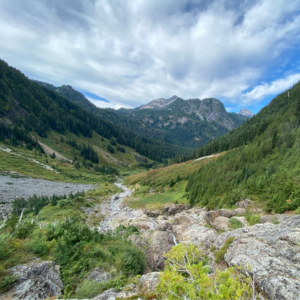
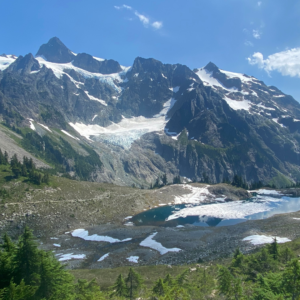 FOURTH OF JULY LODE
FOURTH OF JULY LODE

